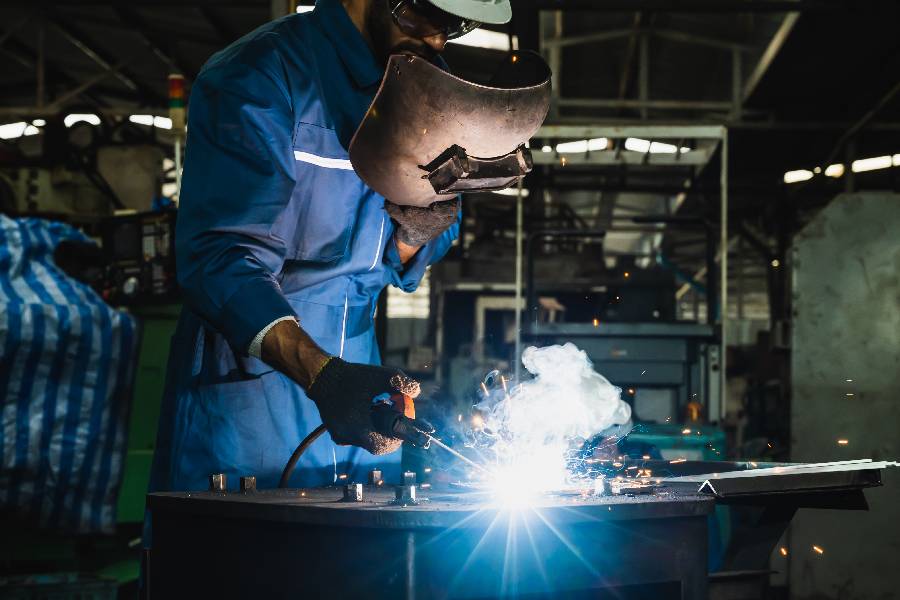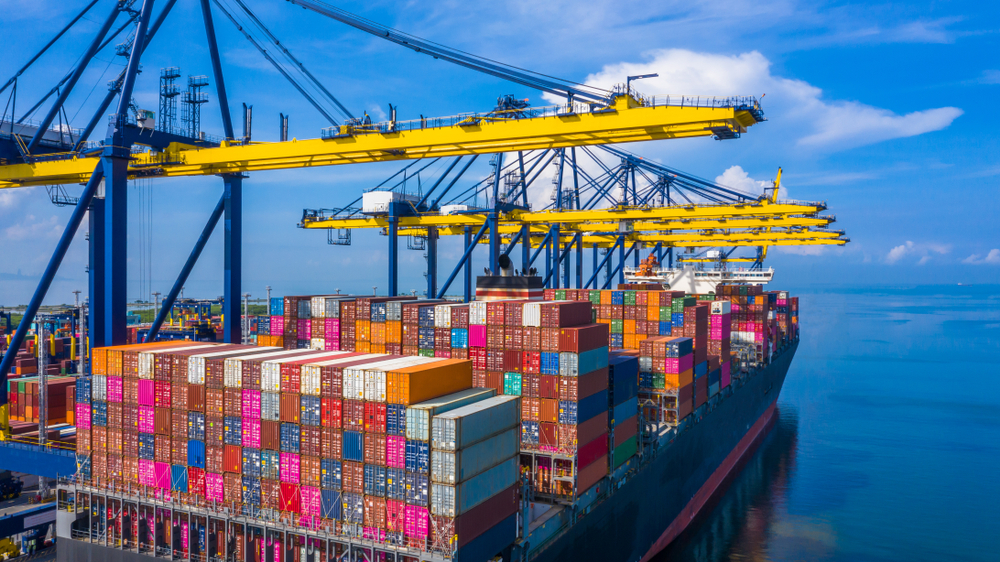Production Linked Incentives scheme
The Production Linked Incentives (PLI) scheme aspires to invite foreign investors to establish their manufacturing units in India and encourage the local manufacturers to expand their units and generate employment. It drives India towards a more production oriented and WTO-compliant incentive system for exports.

Source: Shutterstock
The Production Linked Incentives scheme provides an incentive of 4% to 6% on incremental sales of goods manufactured in India and covered under target segments, for a period of five years. Originally instituted for large-scale electronics manufacturing in India, it has been extended to ten other sectors including automobile components, food processing, specialty steel and battery storage.
The PLI scheme was instituted in April 2020, as a part of the National Policy on Electronics by the IT Ministry, with an aim to boost domestic manufacturing and attract large-scale investments in mobile phone and specified electronic component manufacturing units. By November 2020, the scheme was expanded to ten other sectors including food processing, textiles, telecom, automobiles and auto components, specialty steel, electronics, solar photovoltaic modules, and white goods such as air conditioners and LEDs. The scheme has gained a lot of traction due to the simplicity of application and easy to calculate incentive which is tied to specific conditions. The scheme aspires to invite foreign investors to establish their manufacturing units in India and encourage the local manufacturers to expand their units and generate employment.
The aim of the government, with this scheme, is to enhance India’s Global Value Chain (GVC) participation and make it a pertinent part of the global supply chain. By bolstering the manufacturing sector, the PLI scheme, indirectly incentivizes exports. It drives India towards a more production oriented and WTO-compliant incentive system for exports. The scheme is WTO compliant as it neither links the quantum or eligibility of subsidy to exports and local value addition.
Eligibility for PLI scheme
The PLI scheme covers companies that are registered in India and are manufacturers of goods covered under the target segments of the scheme. Eligibility under the scheme shall be subject to thresholds of incremental investment (covered under Target Segments) over the base year as defined. An applicant must meet threshold criteria (i.e. incremental investment) that is a minimum of INR 10 crore (MSME) or INR 100 crore (others) and a maximum of INR 1000 crore to be eligible for disbursement of incentive for the year under consideration. To meet the threshold criteria of incemental investment for any year, the cumulative value of investment done till such year (including the year under consideration) over the base year (2019-20) shall be considered. Some sectors also have threshold criteria for incremental sales.
Multi-location operation of existing or new manufacturing units is permitted under the scheme. Any additional expenditure incurred by companies on equipment, plant, machinery, transfer of technology, and research and development for manufacture in the target segments will be eligible for the incentive scheme.
Effect on different sectors
India has a trade deficit in 5 out of the 10 core sectors focused by the PLI. These sectors include medical devices, Advance Chemistry Cell (ACC) battery manufacturing, Solar PV manufacturing, electronics, and white goods. The PLI scheme will foster building domestic capabilities with its investment incentives and thereby, enable import substitution. In the remaining five sectors, where India is already a net exporter, the PLI scheme will facilitate Indian manufacturers to move further up the value chain and result in higher value-added exports from the country.
Domestic telecom manufacturers are set to benefit with the provision of higher incentive to MSME sector, hence, enabling them to become part of the global supply chain.
In the pharmaceutical sector, with Rs 6,940 crore production linked incentives to domestic drug manufacturers, the scheme aims to reduce dependence on imports, by boosting domestic API manufacturing capabilities.
With an outlay of Rs 18,100 crore, ACC batteries are expected to generate a high demand for electric vehicles, which are known to be environment- friendly. Currently, all the demand for ACC’s is being met by imports. This is attributed to the small capacities of firms already investing in battery packs, as compared to global averages. However, the PLI scheme is set to change this scenario, and reduce import dependence, as an important step towards the Atma-Nirbhar Bharat initiative.
Under white goods, the PLI scheme will provide incentives to manufacturers up to Rs 6,238 crore over a period of 5 years from FY 2021-22 to FY 2028-29. Dr. Ashish Kumar, Incharge Technical Regulations and Light Engineering Industry, Department of Industry and Internal Trade (DPIIT) says, “A peculiar feature of this scheme is that it does not incentivize manufacturing or assembling of finished goods. It incentivizes only manufacturing of components of air conditioners and LED lights.” He further adds, “In air conditioner, only 25% components are manufactured, and the rest are imported. A similar situation exists in the LED lights. As of today, we are manufacturing 5.5 billion air conditioners as against the demand of 8 million. 33% of Ac’s are imported. Of the Ac’s manufactured, only 25% is actual manufacturing in India. As against this, the PLI scheme aims that in a span of 5-6 years, value addition will go up from 25% to 85% in Ac’s, as well as LED lights. The scheme tries to cover around 90% of the components which constitute the bill of materials for Ac’s and Led lights.”
To sum up, the PLI scheme is a well-thought-out scheme that will go a long way in cutting down import bills and enabling Indian players to be more competitive at a global level. Also, it will attract investments in cutting-edge technologies and promote R&D in diverse areas. The government can aid the scheme by ensuring that companies have access to improved logistics, water and electricity and other factors that will help the companies to get their products to the market. Such support should boost investments in the private sector while also improving productivity and employment.













Leave a comment